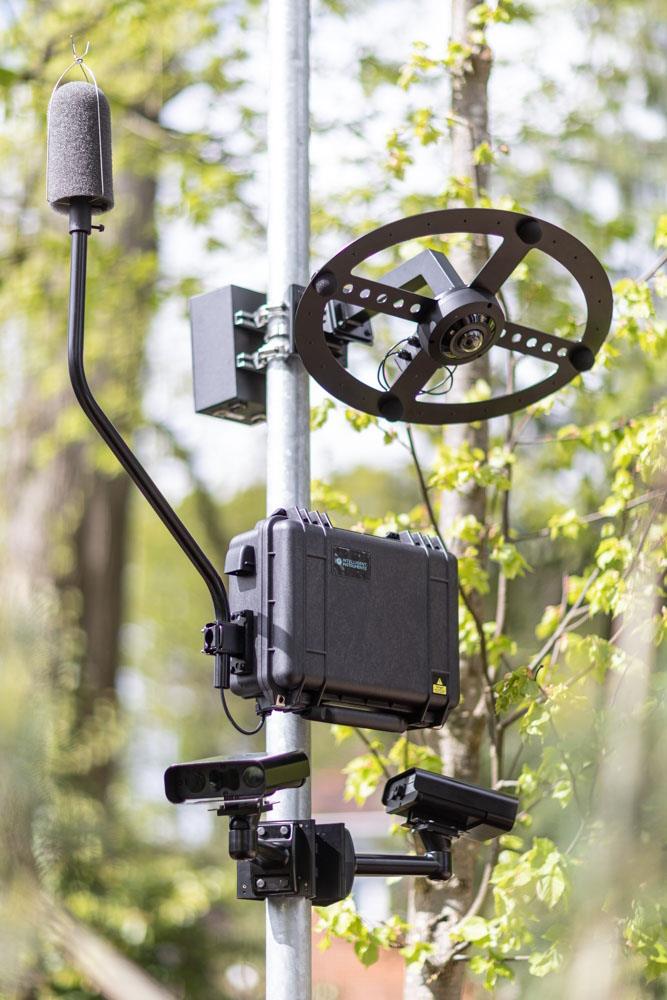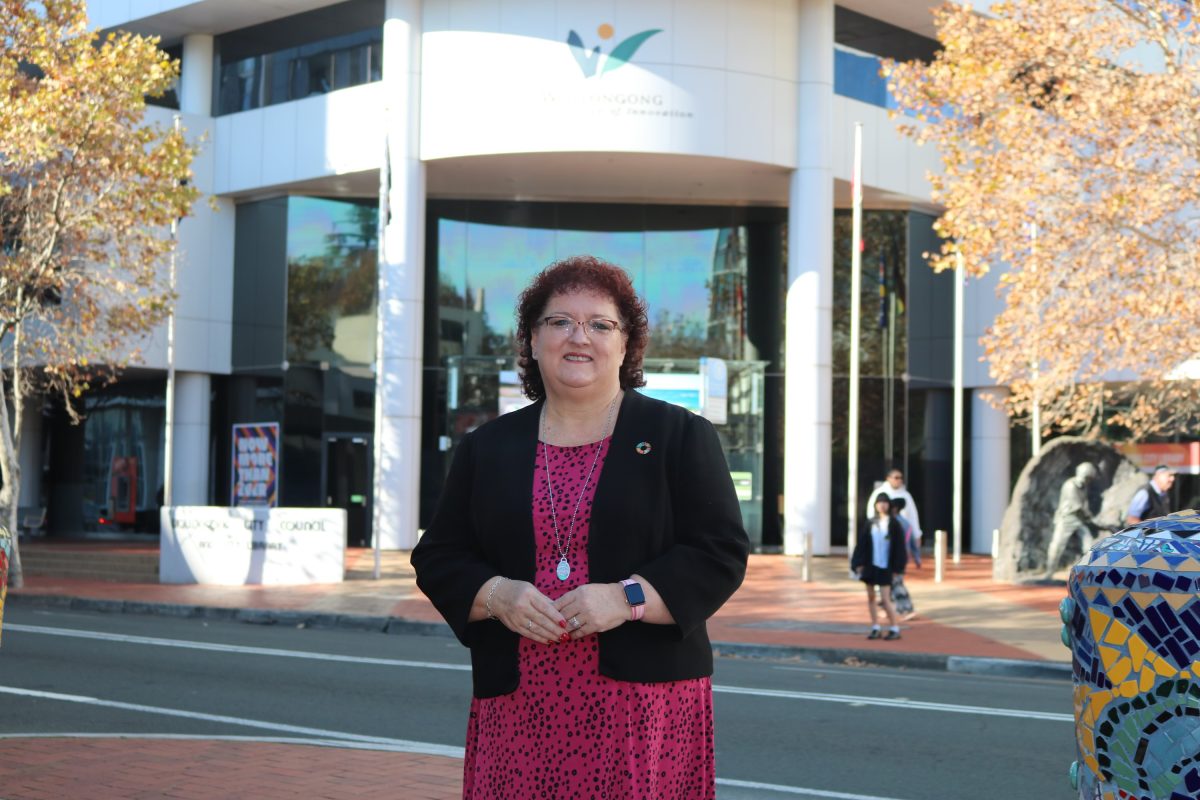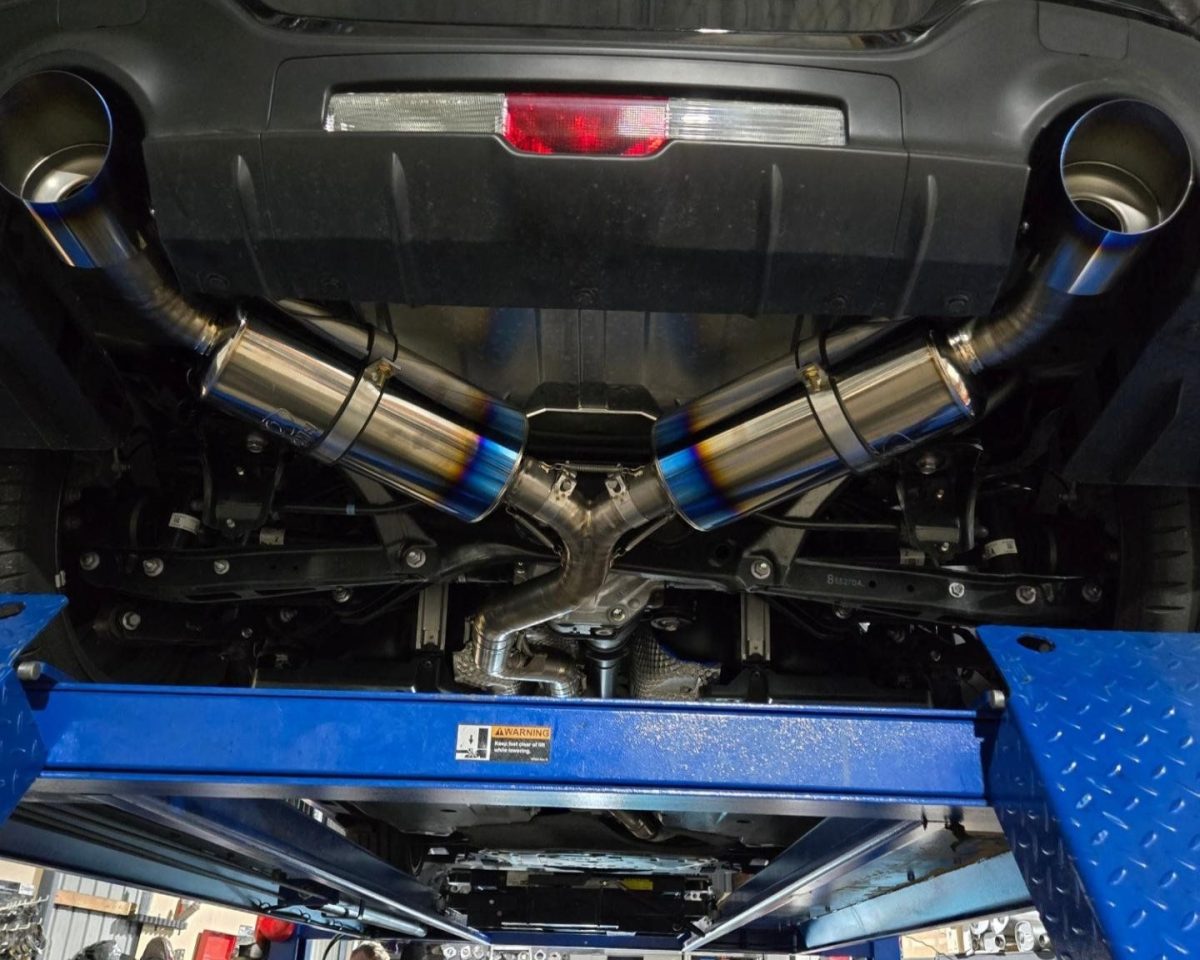
The city cruise in the lead-up to Summernats 36 in January 2024. Photo: James Coleman.
The Summernats ‘Fringe Festival’, when hordes of modified cars descend on Canberra’s city streets over two nights, is still a few months off, but it can be hard to tell at times.
Elliott Fox has lived in an apartment along Mort Street in Braddon for three years and is also a member of The Braddon Collective. He’s become “very aware of the regular antisocial revving and dangerous hooning behaviour” in the area.
He says community sentiment towards Summernats is already “very mixed”, but it wouldn’t be so bad if residents didn’t have to put up with hooning and loud exhausts “as a problem throughout the year on Lonsdale and Mort streets”.
“Urban planning projects like the Lonsdale Street pedestrian upgrades have made a difference in reducing dangerous driving, but it’s not enough to deal with the excessive and intentional noise issues.”
If only the ACT Government would follow NSW’s lead, Elliott says.
Earlier this year, the NSW Government said it would make good on an election commitment and begin a trial of roadside noise cameras.
‘Cameras’ designed to pick up “antisocial behaviour and noisy vehicles” are already in use around the world, including in London, Paris and New York, and they’re coming to the Bayside and Wollongong areas here in Australia by the end of this year.
The EPA says the trial “will evaluate the effectiveness and accuracy of the equipment and the resources required to use noise cameras for regulatory purposes” across NSW.

An example of a noise camera, produced by Intelligent Instruments. Photo: Intelligent Instruments.
“We recently consulted with the community on their preferred locations to install the noise cameras and received more than 2500 responses,” a spokesperson told Region.
“We are working closely with Transport for NSW, Police, councils, an electrical engineer and energy providers to finalise the locations where the noise cameras will be deployed.”
The news is welcome relief for the new Lord Mayor of Wollongong, Tania Brown.
Tania lives near one of the city’s notorious drag strips, with souped-up cars regularly gathering along Marine Drive near the harbour, before setting off on joy rides along Cliff Road and Bourke Street, and around again and again, often at night. Residents have had enough.
“It’s wearing, and residents are speaking up about it and about how angry they are,” she says.
“If you live in a CBD, you expect a bit of noise, but these exhausts do seem to be over and above what is acceptable.”

Wollongong’s new Lord Mayor Tania Brown has had enough of loud cars tearing through the city. Photo: Tania Brown.
The Lord Mayor says it’s reached a stalemate, where the police describe it as an issue for the NSW Environment Protection Authority (EPA), but the EPA lacks the enforcement on the ground.
“We’ve all been wanting these noise cameras to come so we can start to fine these people because I think hitting the hip pocket is the only thing that’s going to make a difference.”
According to the EPA, engine noise from cars built after 1983 must not exceed 90 decibels (about the volume of a lawnmower), while older cars and motorcycles are not permitted to emit more than 100 decibels (similar to the volume of a jackhammer).
In NSW, blowing this limit by five decibels (dB) attracts a fine of $150, between five and 14 dB a fine of $250, and 15 dB or more, $600.
The Australian Road Rules state that “a person must not start, or drive, a vehicle in a way that makes unnecessary noise or smoke”, including by “revving a vehicle unnecessarily when it is stationary or repeatedly opening and closing the throttle when the vehicle is in motion”.
In NSW, there’s a $349 fine and three demerit points for flouting that, while in the ACT, it’s the same general rule with a $257 fine.
However, Jeremy Kaden from Powatone Exhaust and Mechanical in Fyshwick says the cameras risk embroiling the innocent, too.
“A lot of European cars in particular, when downshifting, they have a loud backfire on them, and if they happen to pass the camera at that moment, they’ll end up getting written up and defected for what are stock exhaust systems,” he says.

There’s more to an exhaust upgrade than loud noise, Powatone’s Jeremy Kaden says. Photo: Powatone Exhaust and Mechanical.
The NSW laws do acknowledge the Australian Design Rules, so cars booked for what are found to be stock exhausts would be off the hook, but Jeremy is concerned it would still require a lengthy inspection process.
He says many car owners upgrade their exhaust system as part of a suite of performance modifications, and rarely does he have a customer who thinks, “Oh, I’m gonna be so cool with this really loud exhaust”.
“We’re not in the business of pissing everyone off,” he says.
“So a lot of the time, a bigger exhaust is designed to improve fuel economy and performance because a small system is like trying to go for a run while breathing through a straw. They restrict airflow too much.
“I don’t see cameras working fairly for everyone. People say it’s going to get hoons off the streets, but hoons will be around no matter what.”












